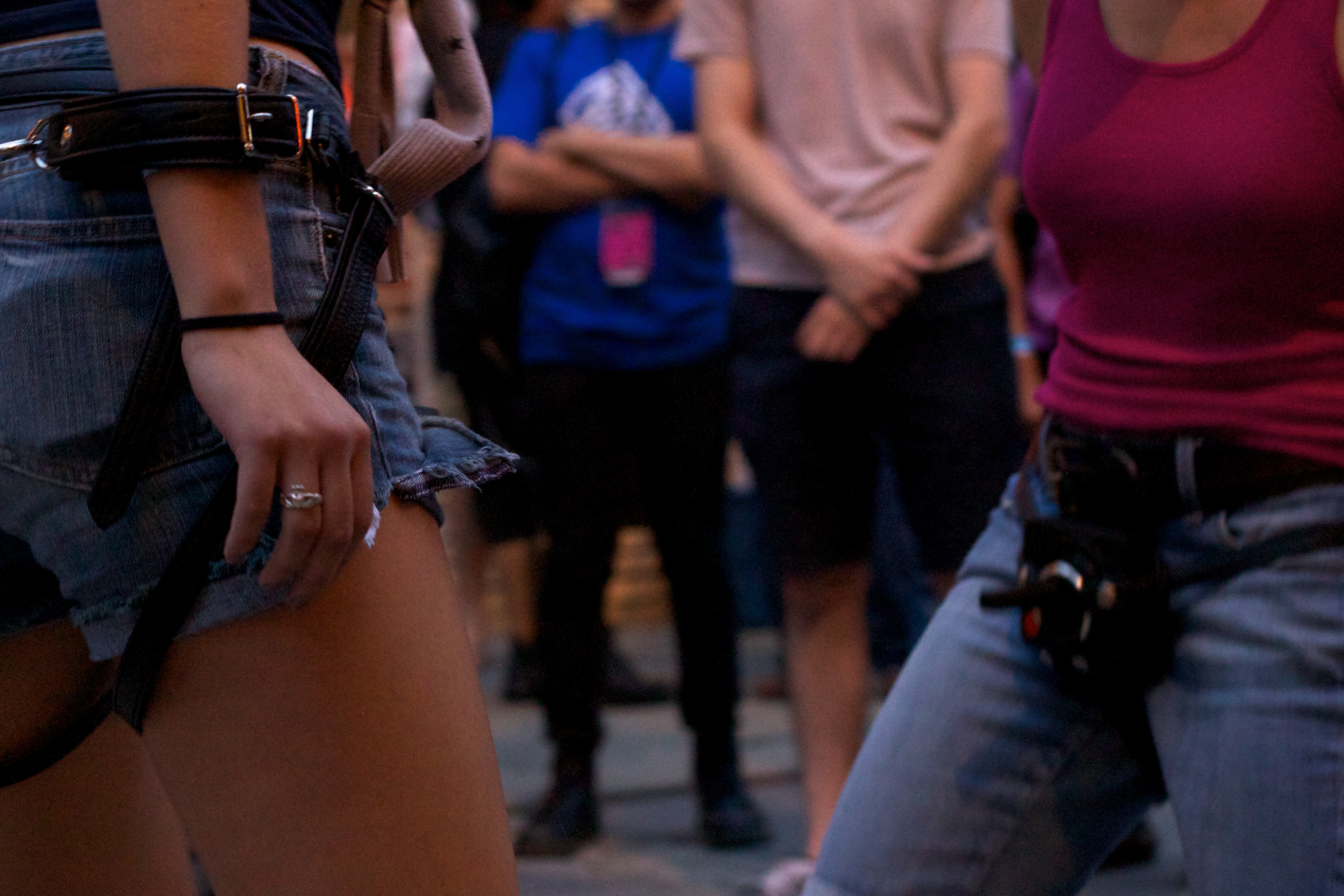[scribd id=183822380 key=key-1s6p7tswwg4iqmyqnskz mode=scroll]
Spectator’s interaction: use of the smartphone on performance (p. 89). Francesca Mereu, Lara Sánchez Coterón.
Abstract: In the contemporary theatre the staging is growing in strength of
successive sequences of interaction with the environment, expressed at times
that are born and die before the actor, in apparent disorder, as a dislocated
images that need repairing. Interactive digital technologies, have played a
fundamental role in all this, although it is important to note that their role is
limited to the channel, the medium of expression. In other words, the
commitment to a common language towards a viewer 2.0, and the technical
characteristics of the medium favors the fluid between actor and spectator
capacity to decide on all the formal aspects of the show in real time.
This article examines the use of smartphones on the stage, as a interaction
instruments of the audience in contemporary performance. Audience
participation in performance goes back millennia to tribal rituals and
communal dances, and the futurists were the first in the twentieth century to
systematically initiate performance that relied upon direct interaction from their
audience, typically using conflict and provocation to incite the spectators into
action. This article insists on the historicity of such relationships and traces
how they have changed from the 1980s to a contemporary moment that sees
experimental performance in a closer relationship to the art world than ever
before. The integration of smartphone as interfaces is a natural evolution of
the game at theater prompting new questions as to the place of experimental
performance amongst the mediums of art practice.

